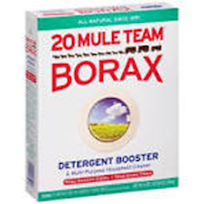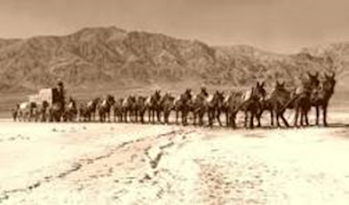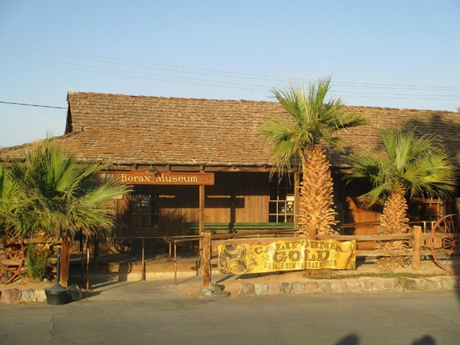Fish Springs around 17,000 years ago was covered by Lake Bonneville, a massive terminal lake, or inland sea.
Covering almost 20,000 square miles, it was the largest Late Pleistocene paleolake in the Great Basin of western North America. The lake rose and fell several times during its 35,000-year existence based on an increase in precipitation and a decrease in evaporation as a result of cooler temperatures. At its highest level, this lake covered about forty percent of the state of Utah plus parts of Nevada and Idaho.
The Lake declined to present levels in the Great Salt Lake ecosystem around 11,400 years ago. On the mountain ranges that surround what is now the Fish Lakes National Wildlife Refuge, you can see the ancient shorelines, also called benches, where the water levels were stable for extended periods. The Great Salt Lake, Utah Lake, and Sevier Lake are the largest post-Bonneville lakes in the Bonneville basin.
However, in the desert region of western Utah, there are other remnants of Bonneville Lake, which include freshwater springs. One of the most impressive is Fish Springs, located in Juab County, which contain fish—the native Utah chub—which are holdovers from the original freshwater lake.
 |
| Salt flats outside Fish Springs |
Fish Springs is believed to the end of the flowpath of natural springs, which feed the wetlands. Thet are along a linear path at the range front and include North Springs, Deadman Springs, House Springs, Middle Springs, Thomas Springs, South Springs, and Percy Springs. The water of Fish Springs is not suited for human consumption, being warm and highly saline. The above photograph taken just outside the Fish Springs wetlands shows that the region was desert.
Archeologists believe the first inhabitants of the Fish Springs wetlands area and the surrounding springs were probably Paleo Archaic, who arrived about 11,000 years ago. These springs were also the ancestral homelands to the nomadic Goshute (Goshiute, Gosiuta) tribe, a Shoshoni-language people believed to have migrated there from the Death Valley, California, region. They occupied the land from the 1400s to the 1900s.
While en route from California to central Utah, Jedediah Smith was the first European explorer to visit the springs in 1827.
Fish Springs on Pony Express Trail-ctsy NPS
The Central Overland Trail and the Pony Express
maintained two waystations at Fish Springs. One was named
Fish Springs and the other, about four miles north, was called Warm Springs. It
is believed Warm Springs was abandoned because of bad weather.
 |
| Thomas Ranch, Fish Springs, Juab County |
In 1861, the first transcontinental telegraph crossed the Fish Springs wetlands. Early in the 20th century, the nation’s first transcontinental automobile road, the Lincoln Highway, cut its way through what is now the Fish Springs National Wildlife Refuge. Markers for these routes can be seen at the House Spring and Thomas Ranch.
In my most recently published book, Lucy, part of the Prairie Roses Collection, I set a scene along the Central Overland Trail that followed the old Pony Express Trail (The same company originally owned and operated both). Please CLICK HERE to find an excerpt.
Lucy is currently available as an ebook, for sale or at no additional cost with a Kindle Unlimited subscription. It is also available in paperback. To find the book description and purchase options, please CLICK HERE
Sources:
https://en.wikipedia.org/wiki/Fish_Springs_National_Wildlife_Refuge
https://en.wikipedia.org/wiki/Goshute
https://en.wikipedia.org/wiki/Pony_Express
https://www.blm.gov/visit/fish-springs
https://tooeleco.org/recreation-and-tourism/tooele-county-guide-to-historical-attractions/fish-springs-station/
https://quod.lib.umich.edu/l/linchigh/x-lhc0400/lhc0400
https://en.wikipedia.org/wiki/Lake_Bonneville
























